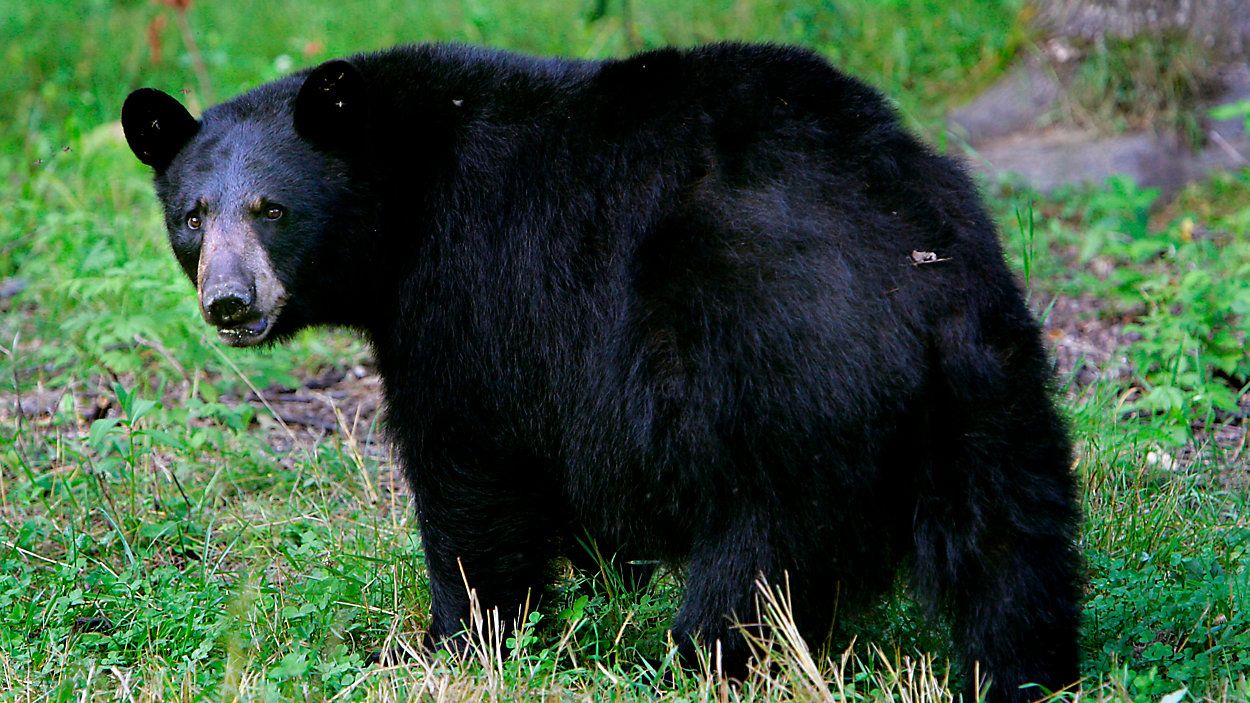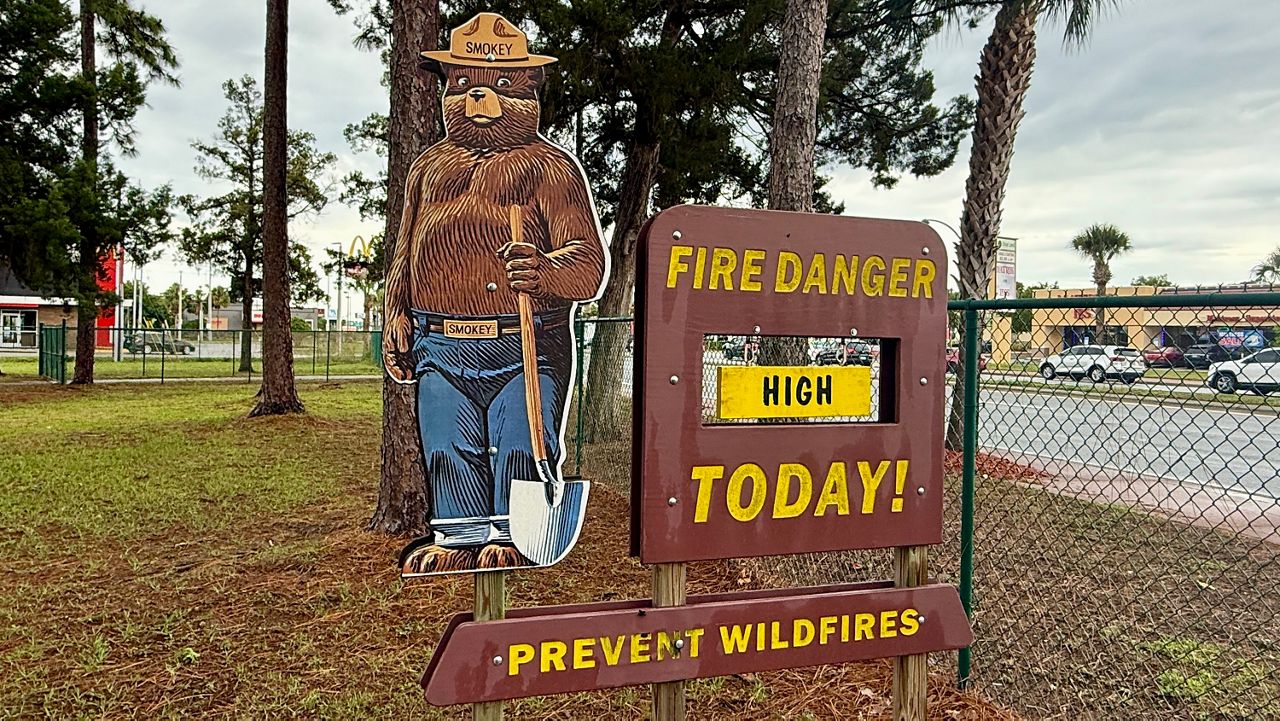APOPKA, Fla. — After years of losing manatees to starvation, the Florida Fish and Wildlife Commission announced the Unusual Mortality Event along Florida’s East coast has officially ended.
In a March 14 announcement, the FWC said between Dec. 1, 2020 and April 30, 2022, an "unprecedented" 1,255 dead manatee were found, and 137 starving animals had to be rescued.
Since then, FWC investigators say manatee mortality numbers have decreased significantly, and there has not been a documented death from starvation for two years.
While it is great news for the marine mammals, some researchers say that the end of the UME doesn’t mean Florida's manatees are out of the woods quite yet.
Even in the spring, with her hands in the dirt, Cora Berchem says she is always thinking about manatees. She’s planting native plants to secure the soil around the newest project at Blue Spring State Park to help them.
“This new rescue and release ramp is amazing, because it’s going to make it so much easier for us to carry the manatees in and out of the water,” Berchem said.
As a researcher with Save The Manatee Club, she’s spent the last 11 years working to protect the Florida's manatees. She knows them so well, she helped create hundreds of scar charts so researchers can tell the animals apart — she says it's a joyful thing when she spots one she recognizes.
“It is almost like family coming home,” said Berchem.
That is why the last few years have been so hard. Dec. 1, 2020, marked the start of the UME along Florida’s east coast, with hundreds of manatees starting to death due to lack of food. By April 30, 2022, that number had topped 1,200 — and researchers reported 137 starving manatees had to be rescued during the UME.
Berchem says the lack of food was tied to algal blooms caused by pollution from humans — which, she said created the first man-made manatee UME.
“I mean, it's devastating knowing that these are animals that are literally only eating plants, and that we have destroyed the environment to the point that they are starving to death,” said Berchem. “I mean, seeing a manatee where you can see the rib bones in the skull, it's just, it's completely devastating. And knowing that it’s people made problem, that we’re the problem, it's just, it's heartbreaking.”
To help supplement manatees' diets, the FWC and U.S. Fish and Wildlife Service started a feeding trial that provided them with aditional food in areas severely impacted by seagrass loss. Over the course of two years, officials say around 600,000 pounds of leafy greens were supplied to manatees as part of the trial.
As part of its announcement on March 14, FWC officials said biologists have seen improvements to the manatee population that they are linking to seagrass in the Indian River Lagoon growing back. However, Berchem said that doesn't mean work to improve the manatees' habitats should stop.
“What worries me is that the reason that this has happened is really not completely fixed and solved,” she said. “So, there's always the worry that can happen again, and I think that's just in the back of my mind. And I think in the back of everyone's mind who works with manatees is that it's over for now, but it could happen again.”
In 2024, the number of recorded manatee deaths dropped to 565. So far in 2025, that number is 329 — which is still higher than Berchem would like to see.
“Manatees still continue to face issues such as watercraft injuries, entanglements, habitat loss, algae blooms — so there's still like a slew of things that these guys have to deal with,” she said. “So although it's a great thing that the UME is officially declared over, it doesn't mean that manatees are necessarily completely out of the woods.”







